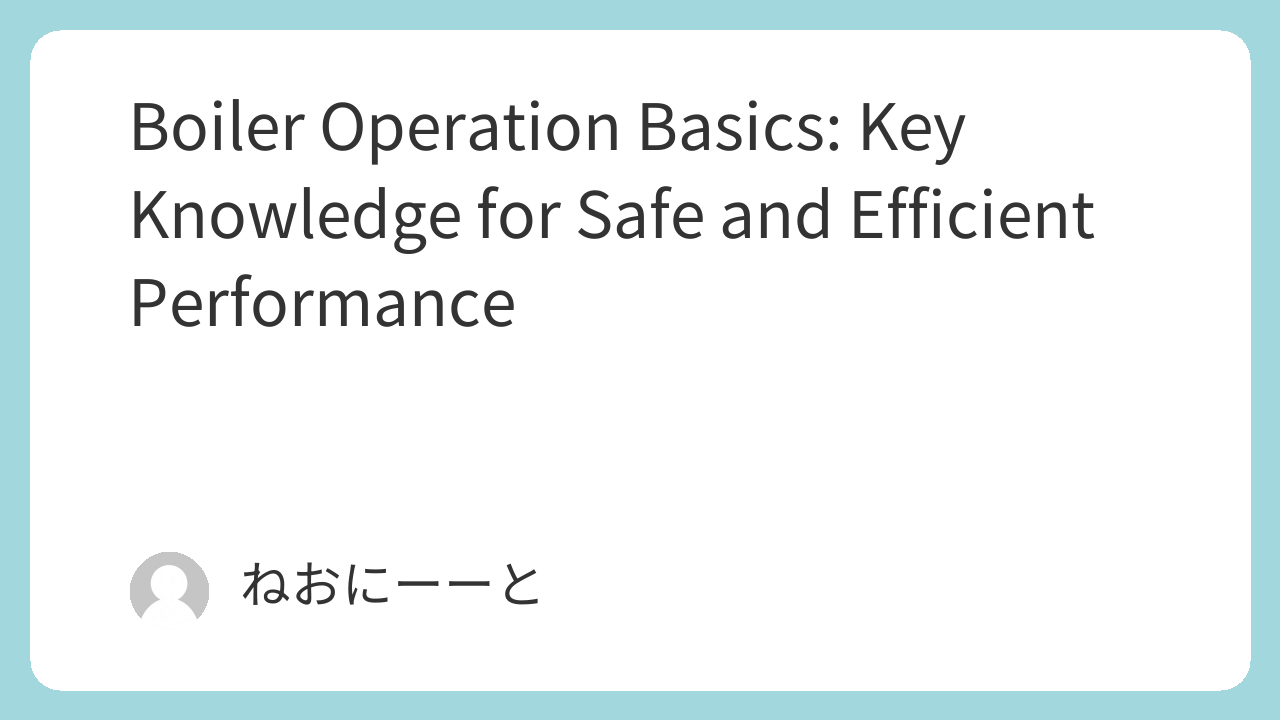Boilers are critical equipment in factories and industrial plants, responsible for generating steam that powers essential processes. However, operating a boiler is not simply about turning it on and off—it requires a solid understanding of basic principles, proper procedures, and safety awareness.
In this article, we’ll break down the fundamental workflow of boiler operation, highlight essential precautions, and provide practical tips that even beginners can follow to achieve safe, stable, and efficient performance.
Understanding the Role of Boilers
Boilers convert water into steam, which is then used for heating, power generation, or driving equipment in a plant. Because of this, their performance directly affects productivity, cost efficiency, and workplace safety.
Basic Workflow of Boiler Operation
- Pre-start inspection: Check water levels, pressure gauges, fuel systems, and safety valves.
- Start-up procedure: Ignite the burner gradually to prevent thermal stress and pressure spikes.
- Monitoring during operation: Continuously observe pressure, temperature, water levels, and alarms.
- Shutdown process: Follow a step-by-step cooling and depressurizing procedure.
Key Safety Points
- Never operate without functional safety valves.
- Ensure operators are trained and certified.
- Conduct routine maintenance and water quality checks.
Common Mistakes to Avoid
- Skipping pre-start inspections.
- Ignoring unusual sounds, vibrations, or pressure fluctuations.
- Overloading the boiler for short-term efficiency gains.
Conclusion
Safe and efficient boiler operation relies on a combination of technical knowledge, disciplined procedures, and proactive maintenance. By mastering the basics and paying attention to safety, operators can ensure stable performance and extend the lifespan of this critical equipment.

Comments